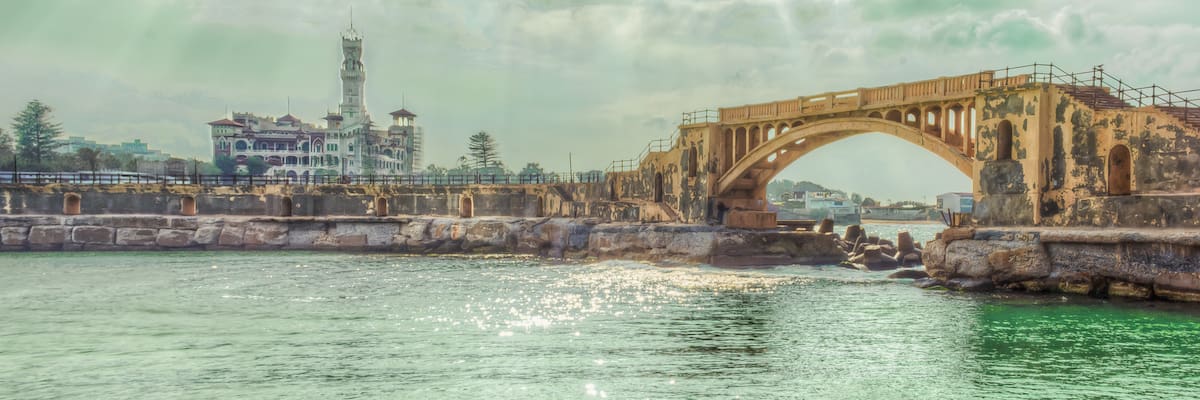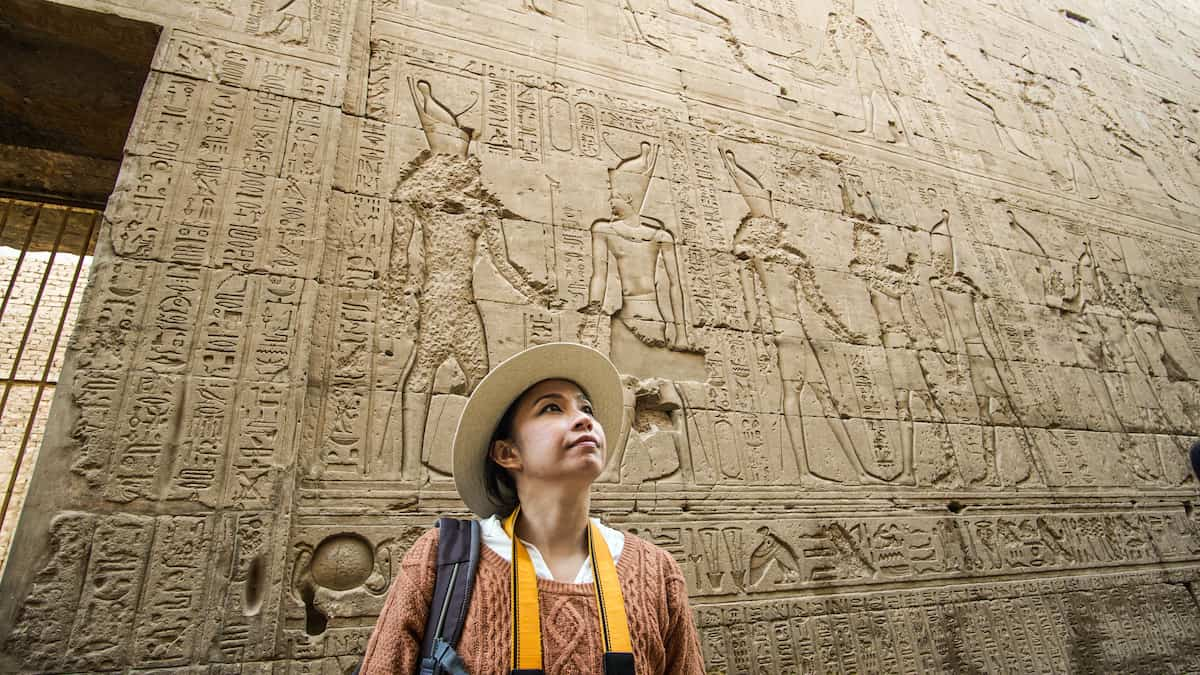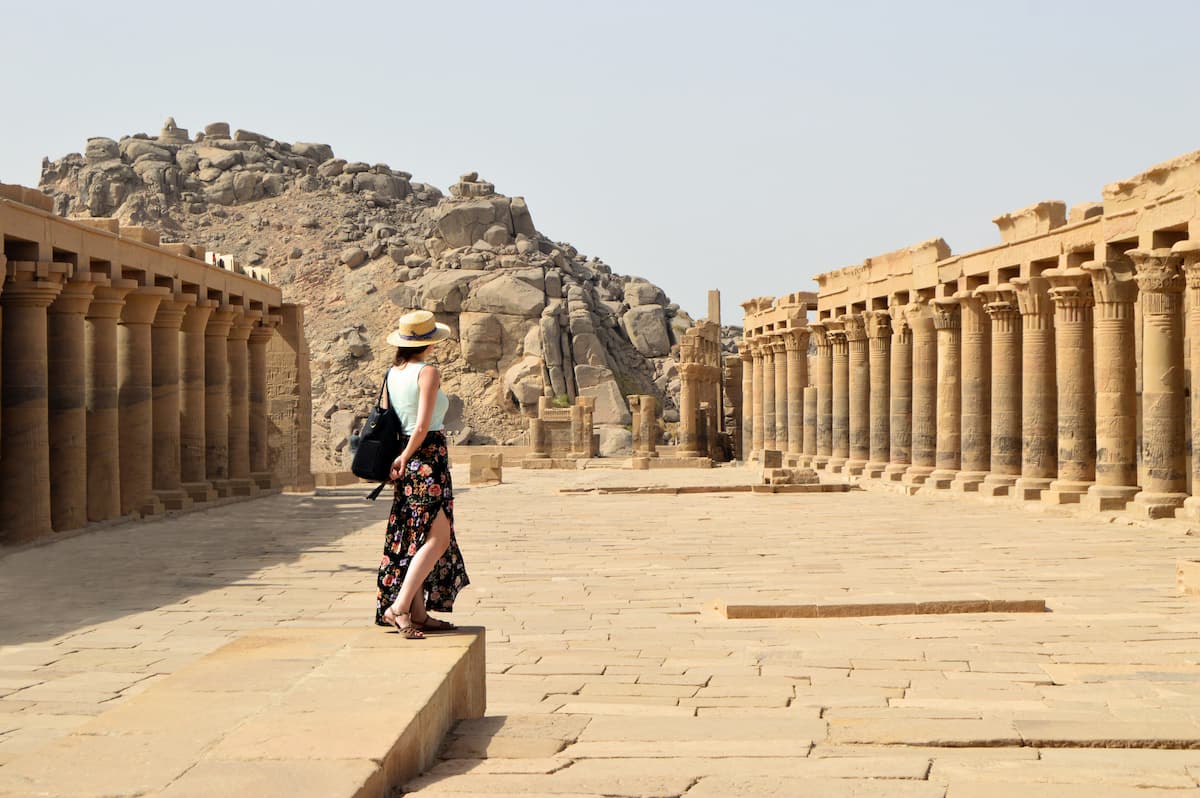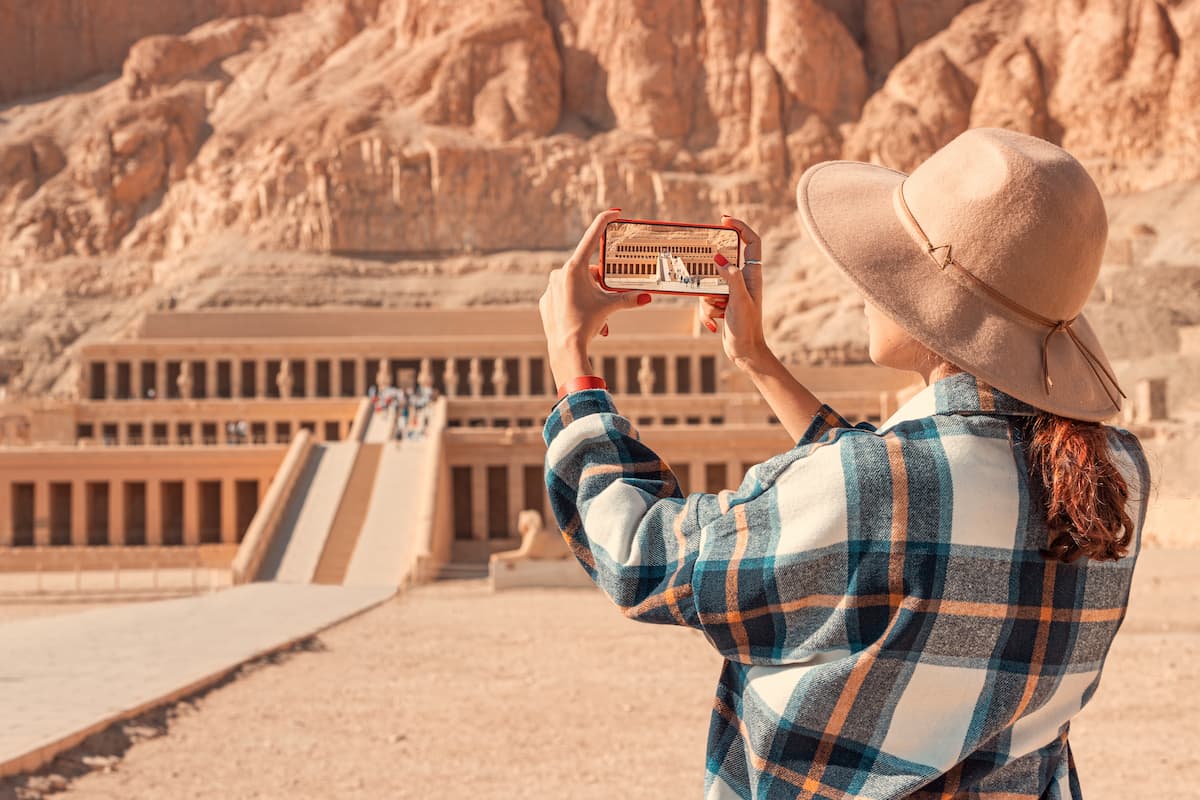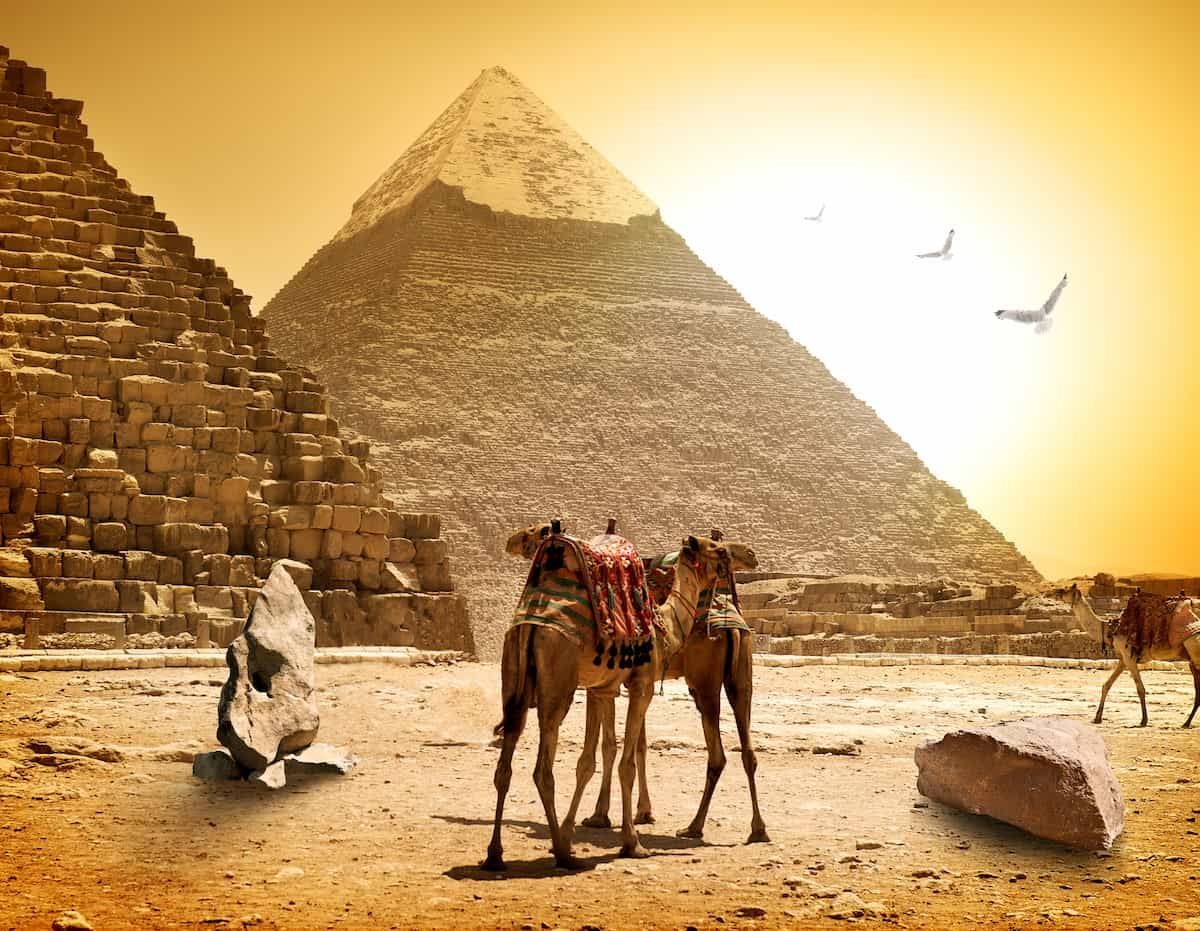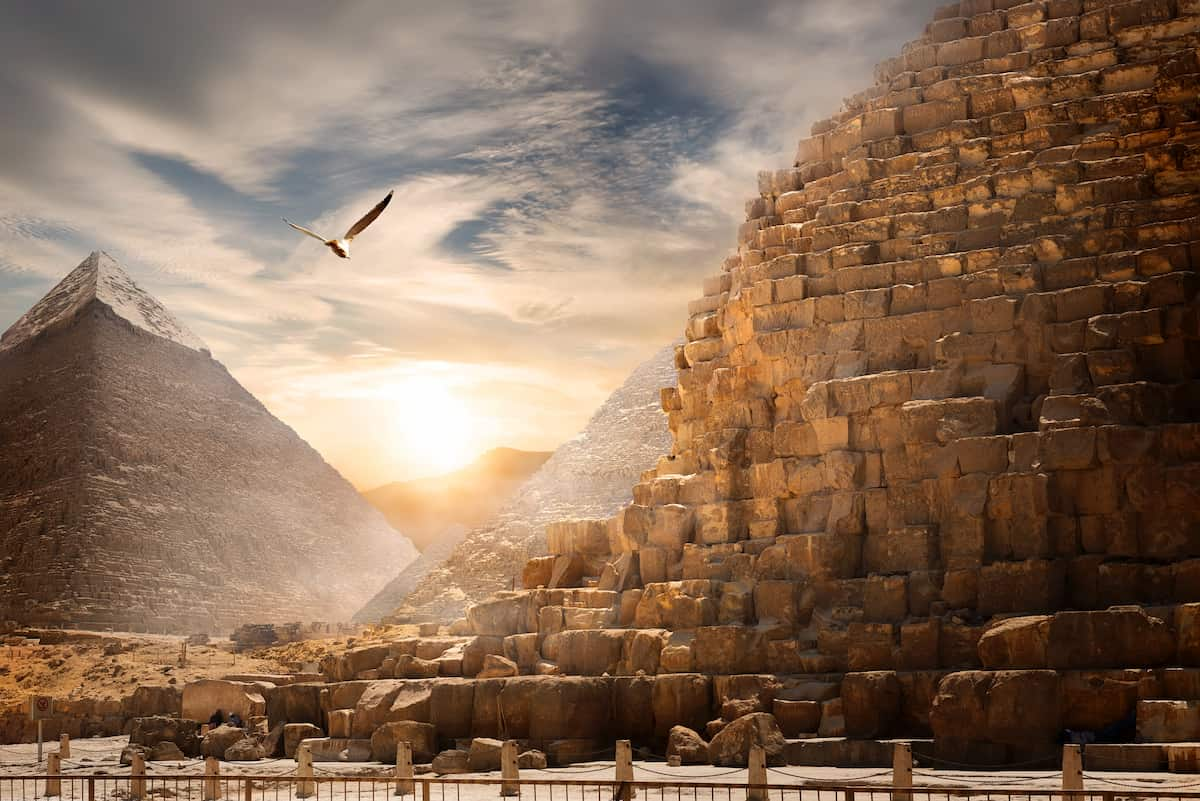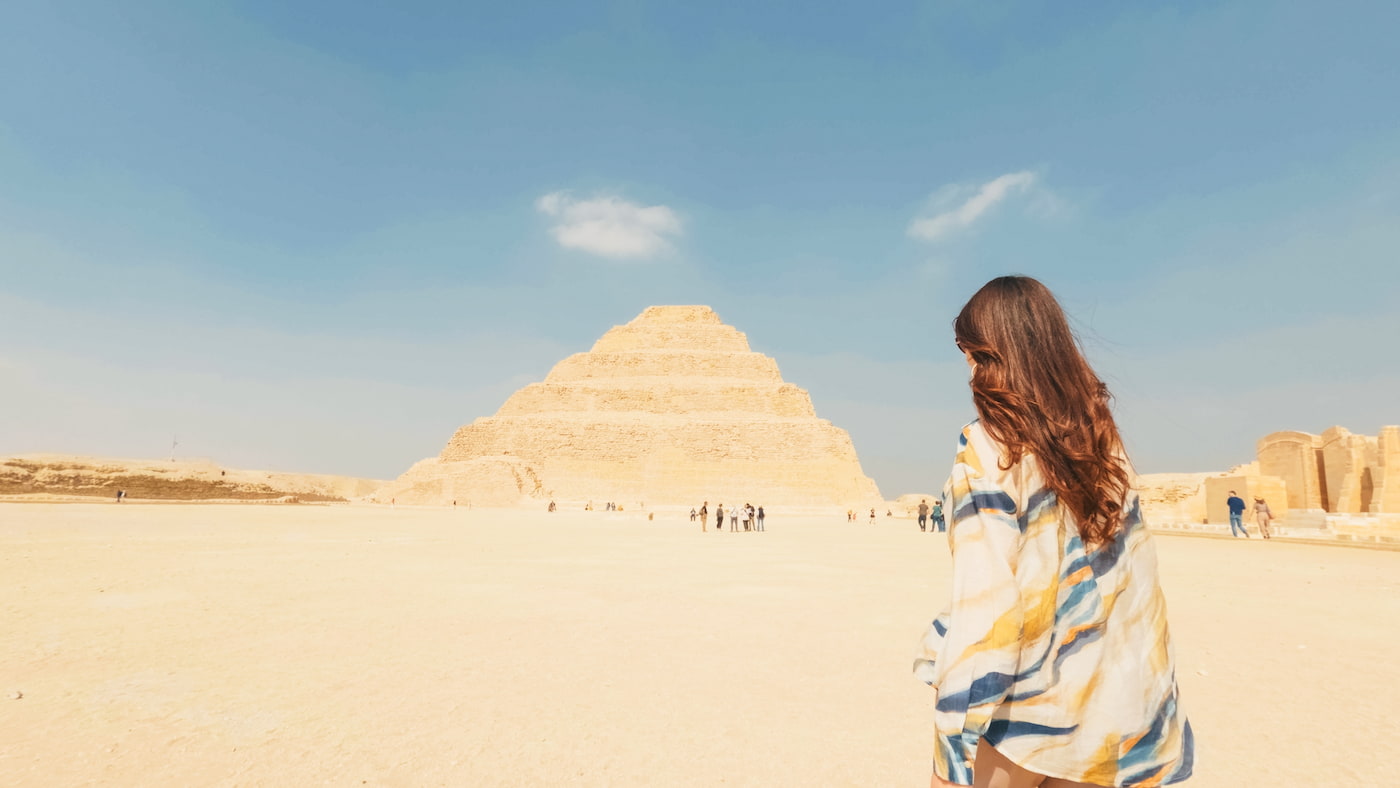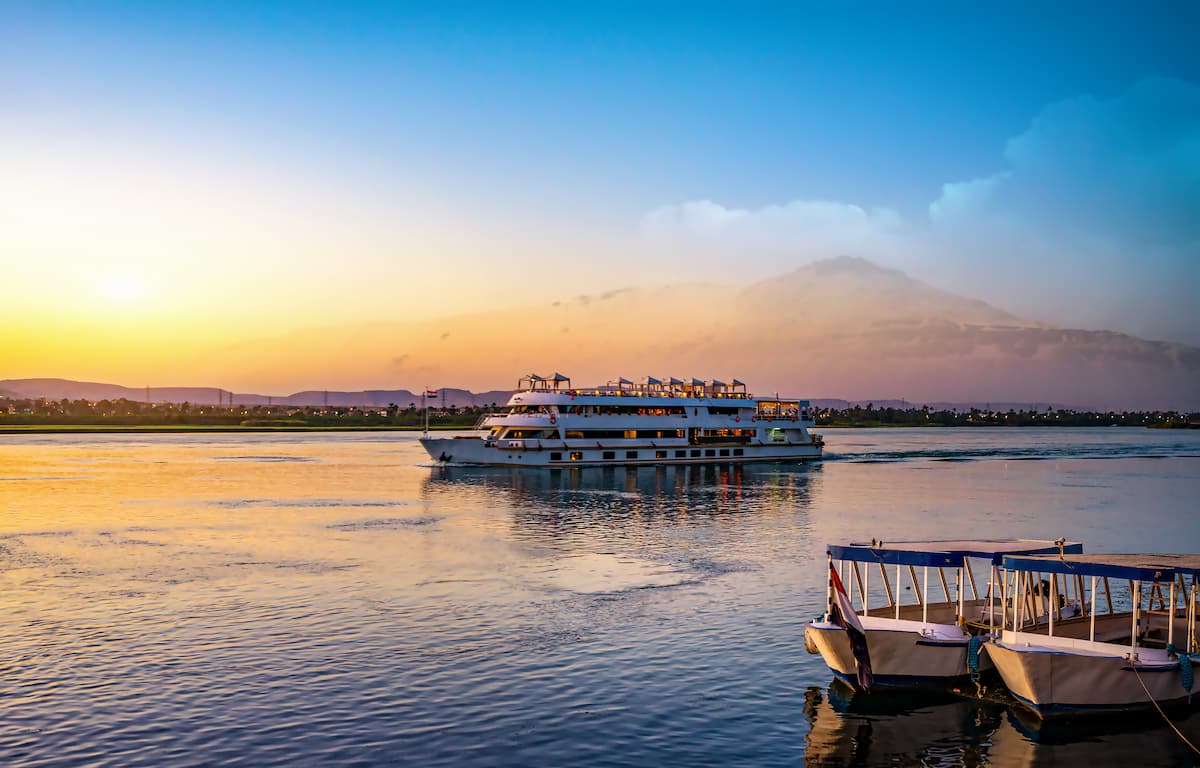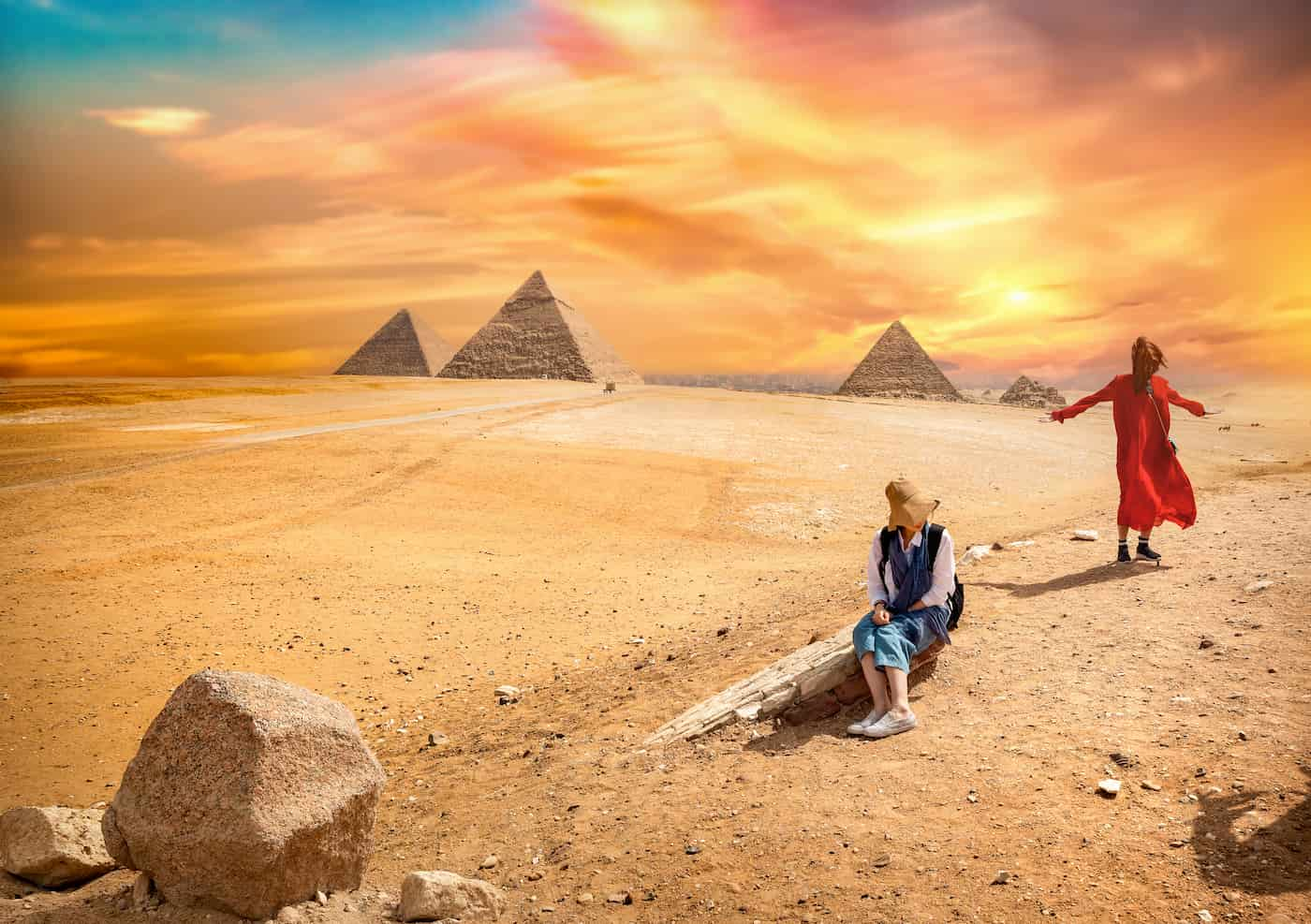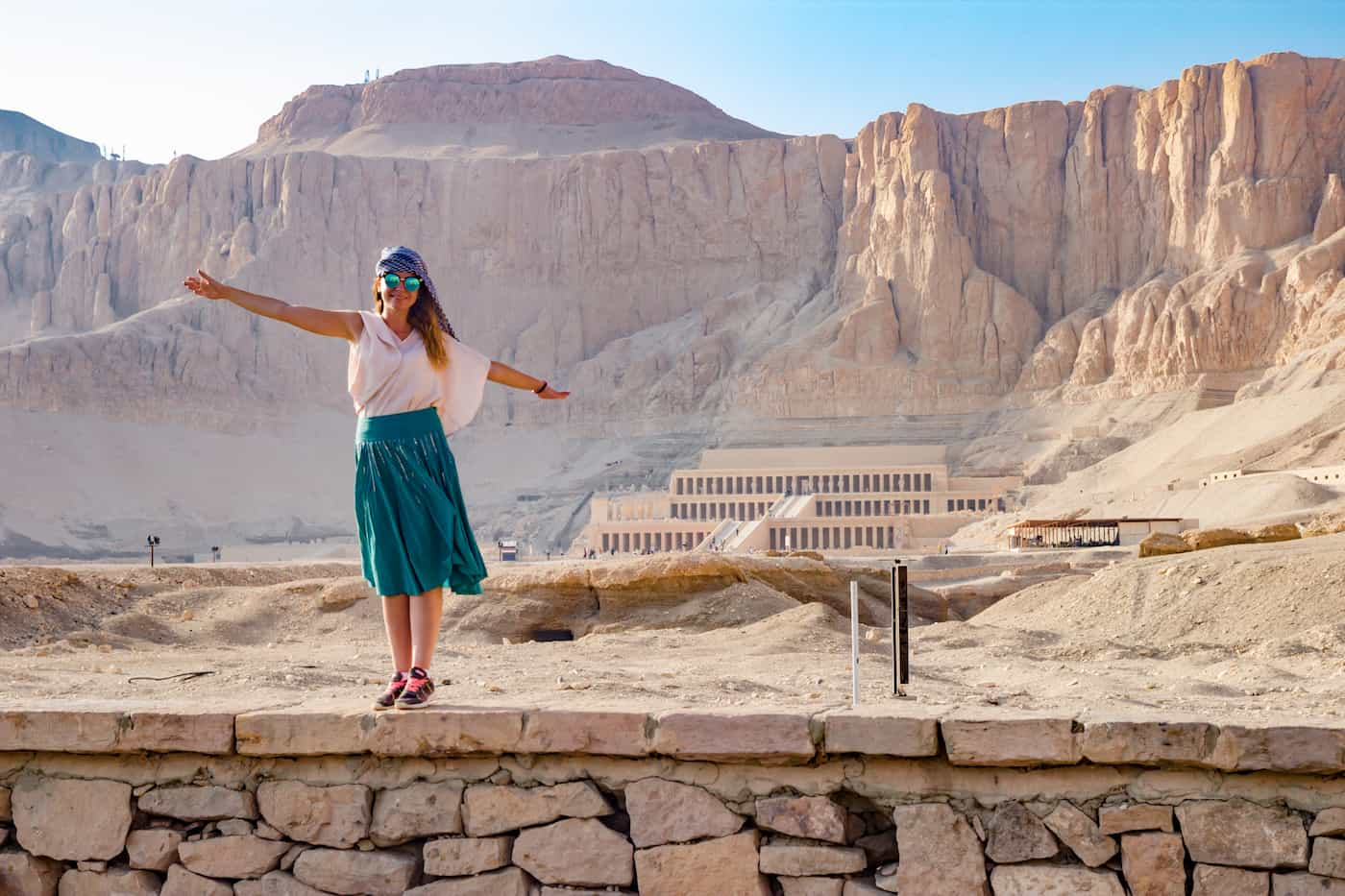Ancient Alexandria, Egypt: Lost Wonders, Underwater Secrets, and the Legacy of a Hellenistic Capital
Founded by Alexander the Great in 331 BCE, Ancient Alexandria, Egypt, quickly rose to one of the most powerful and culturally rich cities of the ancient world. Set on the Egyptian Mediterranean coast, this city was as much a strategic port as it was a beacon of knowledge, science, and architecture. It was home to some of the most iconic structures in history, including the Great Library of Alexandria, a place of learning that drew scholars from all around the ancient world, and the Lighthouse of Alexandria, also known as the Pharos, one of the Seven Wonders of the Ancient World.
What made Alexandria truly special was the unique blend of Egyptian and Greek culture nurtured under the rule of the Ptolemies. One could say it was a city where Cleopatra VII once ruled, Euclid created the foundations of geometry, and many believe to be the house of the most precious ancient texts, now lost to history. But not all of its history is surface-level: owing to earthquakes and rising sea levels, temples, statues, and possibly even Cleopatra’s palace of ancient Alexandria now lie under the sea.
In this blog, we dive deep into the facts, maps, and mysteries of Ancient Alexandria, Egypt, revealing its lasting influence, lost wonders, and the secrets still hidden beneath its modern streets and coastal waters.
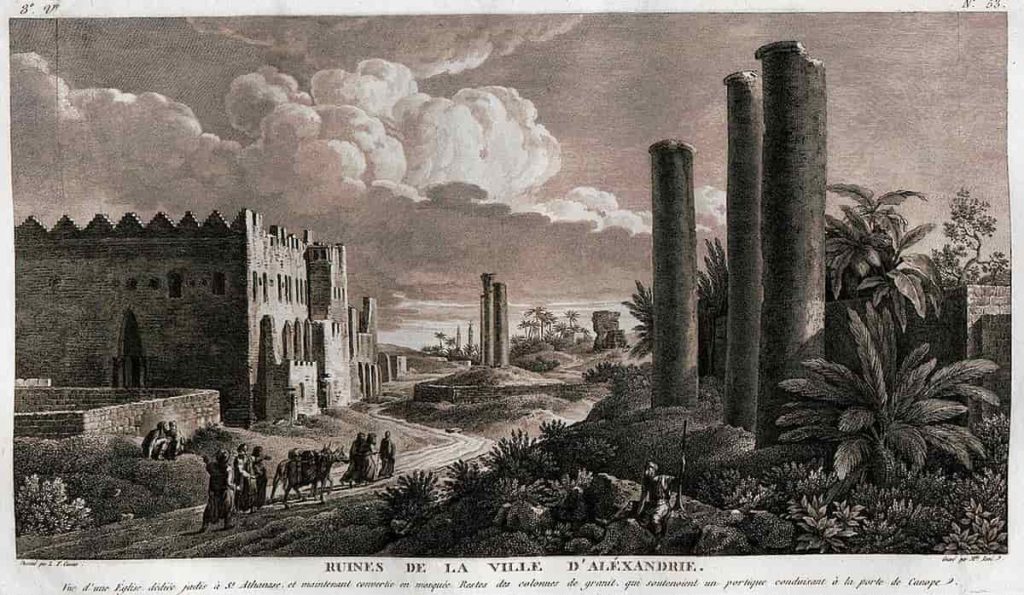
1. Ancient Alexandria, Egypt Map
According to the Ancient map of Alexandria in Egypt, the city was magnificently laid out and nestled along the Mediterranean coast. Moreover, the city design adopted the grid plan. Furthermore, this wasn’t common in Egypt then, with Dinocrates, an architect from Greece. He carried out the planning directions of Alexander the Great himself. Additionally, this urban layout was a reflection of Greek architectural and engineering influences.
Besides, the key places on the ancient map include the Royal Palace Quarter, the Great Library of Alexandria, the Mouseion (The Alexandrian Museum), the Lighthouse of Alexandria (Pharos) on Pharos Island, and the Heptastadion. Furthermore, this Heptastadion is a giant causeway that connects the island to the mainland. Additionally, all of these attractions are located in the heart of Alexandria. Moreover, if you go east-west, you will witness monuments, public buildings, and lively markets.
Today, most of the original city lies beneath modern Alexandria, or under the sea, due to earthquakes and coastal erosion. However, after much investigation through satellite images, excavations, and historical records, some parts of the ancient Alexandria map have been attempted in reconstructed. Now, you may explore digital recreations that offer amazing insights into what this iconic city was once like.
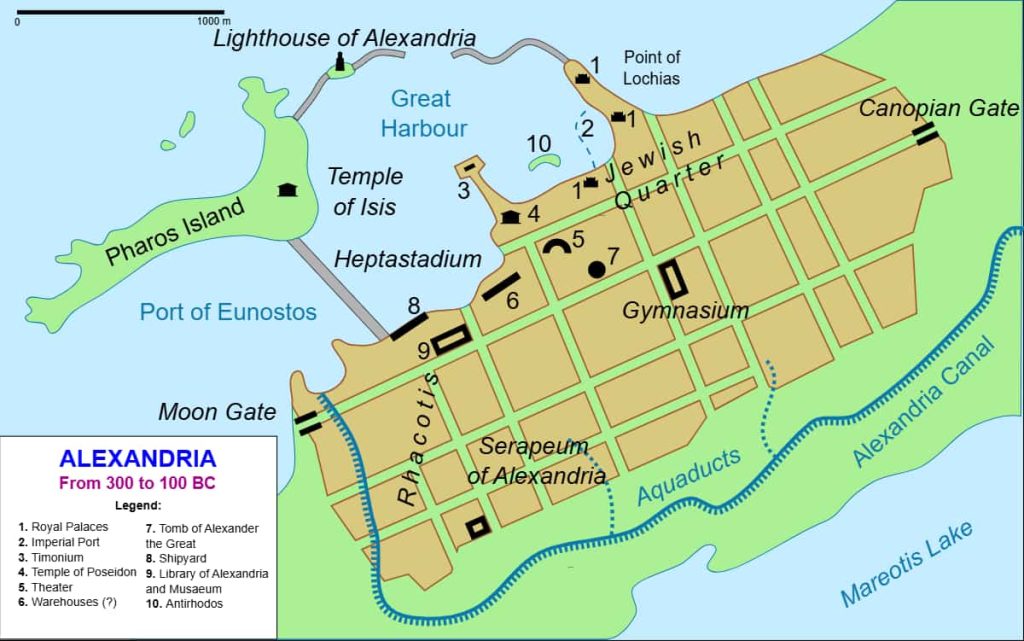
2. Ancient Alexandria Underwater: Exploring Egypt’s Sunken City
Rising, falling, and adjusting over millennia by seismic forces, tsunamis, and even slowly increasing sea levels, Ancient Alexandria found itself partly dipped in the Mediterranean waters. Fields of temples, statues, columns, and perhaps even Cleopatra’s palace seem to have been found underwater just off the coast of modern Alexandria.
These underwater remains ever so rarely allow a glimpse into a proud city that stood for knowledge, power, and culture between the Greeks and Egyptians. Since the 1990s, it has been possible for marine archaeologists and diver teams to reveal lost wonders of the harbor by employing sonar mapping, targeted dives, and remote sensing technologies. They have discovered sphinxes, huge blocks that once formed the Lighthouse of Alexandria, and relics dated to the Ptolemaic dynasty. The underwater city of Alexandria is currently one of the most intriguing sunken archaeological sites, engaging our imagination regarding the city that once served as a bridge between the two worlds: above and below the sea.
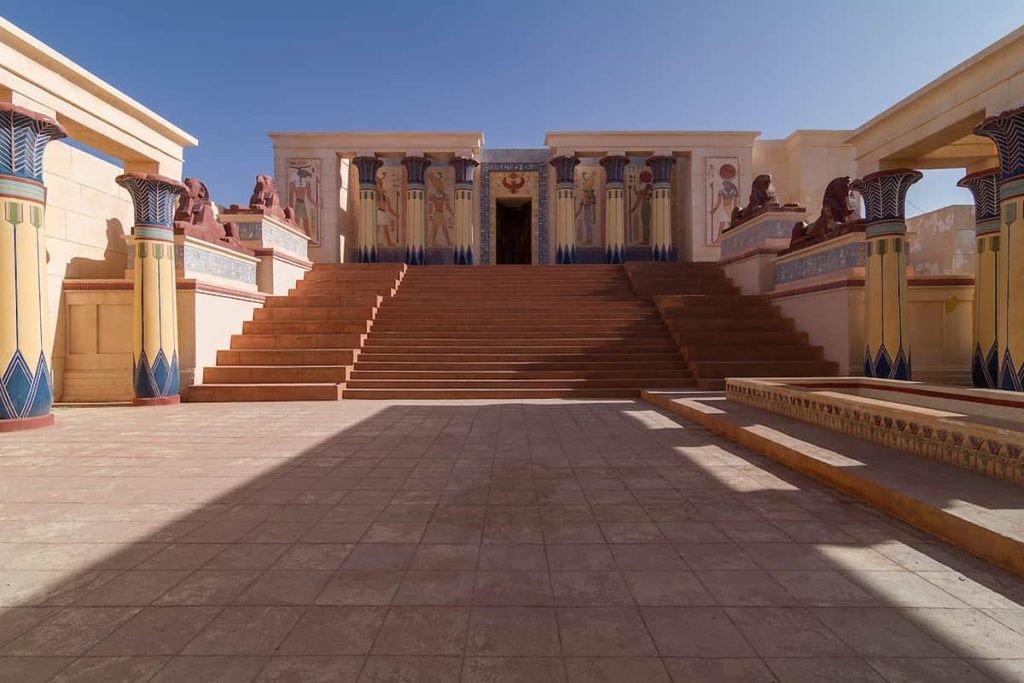
3. 10 Surprising Facts About Ancient Alexandria, Egypt You Should Know
- It was founded by Alexander the Great in 331 BCE
Alexander the Great discovered Alexandria, but he never returned to it. Moreover, he believed that this city would be a global city and a very important harbor for the Greeks. Additionally, this city will play a crucial role in bridging Greek and Egyptian cultures.
- The City Was Designed by a Greek Architect Named Dinocrates
Alexandria was laid out in a grid system, unlike traditional Egyptian cities, showcasing Greek urban planning.
- Home to the Largest Library of the Ancient World
The Great Library of Alexandria is said to be the home of 400,000 papyrus scrolls. Moreover, these papyrus scrolls attract scholars from across the ancient world.
- The Lighthouse of Alexandria was a wonder of the Ancient world
The Lighthouse of Alexandria (Pharos) stood over 100 meters tall and guided sailors for centuries. It was one of the Seven Wonders of the Ancient World.
- Alexandria was the center of Scientific Discovery
A lot of pioneers like Euclid (the father of geometry) and Eratosthenes (who calculated the Earth’s circumference) worked in Alexandria.
- Cleopatra Ruled from Alexandria
Did you know that Cleopatra VII, the last pharaoh of Egypt, took Alexandria as her capital and ruled from its royal palace complex?
- Most of the ancient city of Alexandria is now underwater
Because of the earthquakes and coastal erosion, large parts of the city, including temples and possibly Cleopatra’s palace, are now submerged.
- Alexandria was a Multicultural Pot
Alexandria was home to Egyptians, Greeks, Jews, and Romans.
- It Had a Massive Causeway Called the Heptastadion
This massive Causeway connects the Pharos Island to the mainland, creating two harbors for trade and defense.
- The Canopic Way Was Its Main Avenue
Alexandria’s Grand Central Street, lined with monuments and markets, stretched over 4 kilometers from east to west.
4. Ancient Lighthouse of Alexandria, Egypt
Known also as the Pharos of Alexandria, it used to be considered one of the most famous architectural wonders of the ancient era. It was erected during the reign of Ptolemy II in the 3rd century BCE. Standing between 100 and 130 meters tall on the island of Pharos just off the coast of Alexandria, Egypt, it was one of the tallest structures we had. It was built to guide ships into Alexandria’s busy harbor and to serve as a symbol of maritime strength and innovation for the city.
The building was made in three levels: one square, one cylindrical, and one circular—and was topped by a large mirror that would reflect the sunlight during the day and the light of the fire at night. As one of the Seven Wonders of the Ancient World, the Lighthouse of Alexandria stood for nearly fifteen centuries until it was greatly damaged by a series of earthquakes. Presently, much of its ruins lie submerged under the sea, while the legacy of the finest ancient engineering, navigation, and architectural ingenuity lives on.
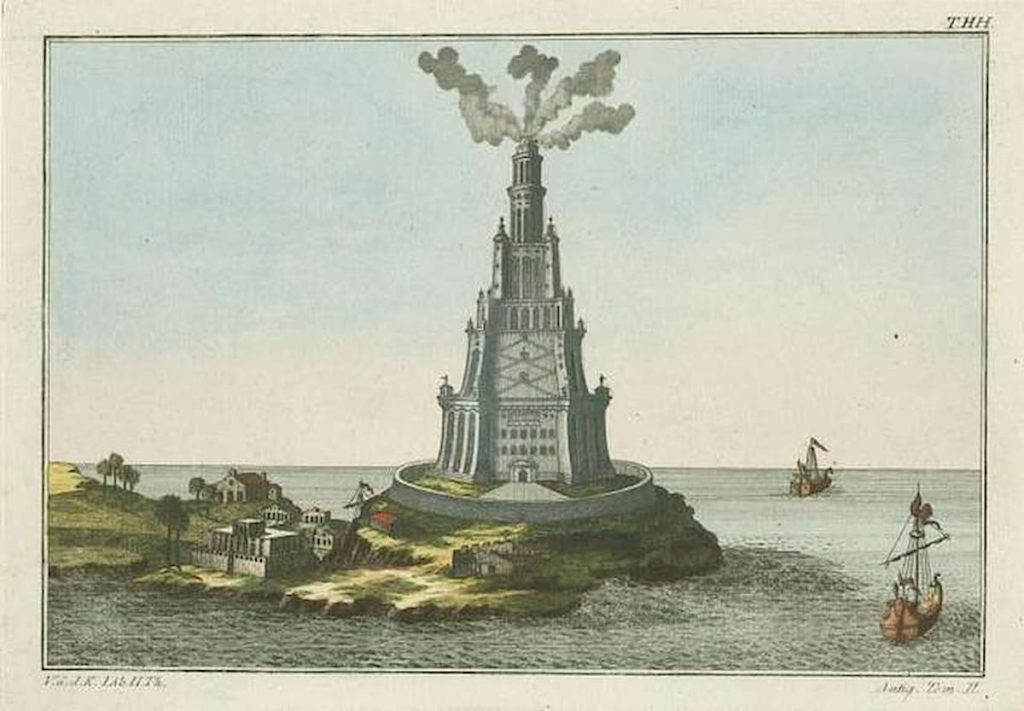
5. Ancient Sites in Alexandria, Egypt
Alexandria looks to several extraordinary ruins from antiquity to exhibit the city’s past of havens, situating the Egyptian, Greek, and Roman civilizations. The Catacombs of Kom El Shoqafa are one of the most well-known landmarks; these catacombs represent a singular synthesis of Egyptian, Hellenistic, and Roman arts and architecture and were carved underground in the 2nd century CE. Coronating the cityscape is Pompey’s Pillar, an almost 27-meter-high red granite column erected in honor of Roman Emperor Diocletian; the Serapeum, nearly adjacent, was once a grand temple devoted to the Greco-Egyptian god Serapis.
Other historically important remains exist below the harbor at the Royal Palace Quarter, whose ruins may have been related to Cleopatra’s palace. Above ground, the rare Roman Amphitheatre in Egypt is a testimony to the various layers of culture that have decorated this city. These ancient sites in the city of Alexandria paint a picture of a world where pharaohs, philosophers, and emperors once walked amongst each other, making it a living museum of the Hellenistic, Ptolemaic, and Roman eras.
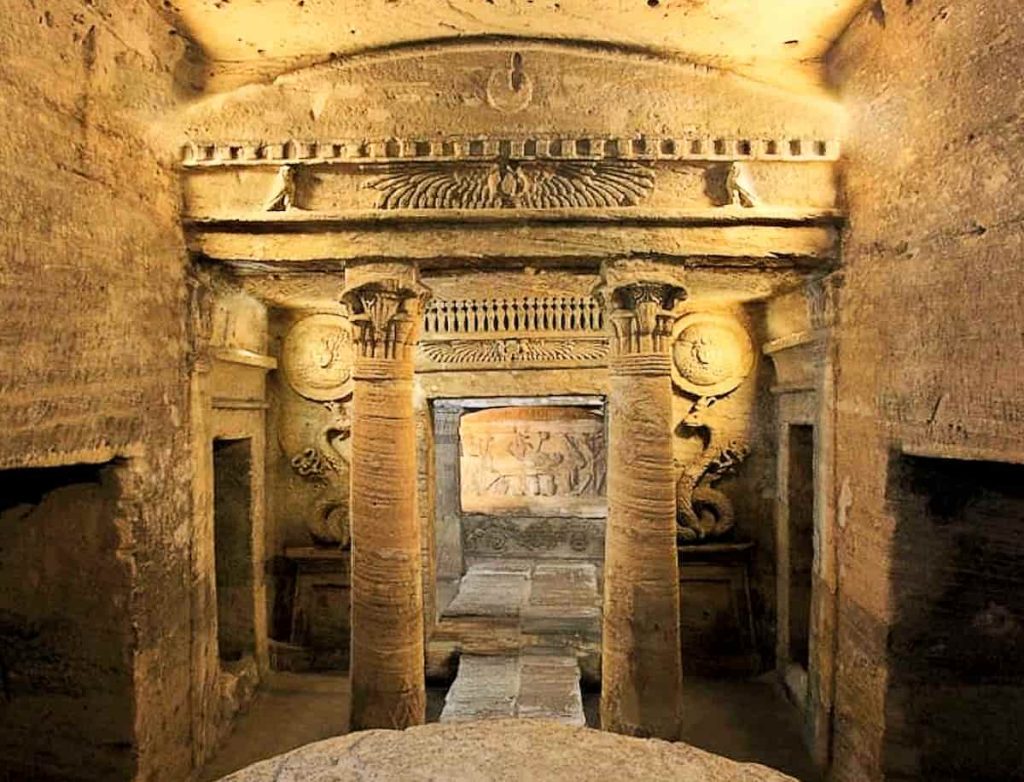
6. Ancient Alexandria, Egypt Library
The Library of Alexandria once stood as one of the legendary and most ambitious centers of learning against the backdrop of history. Situated at Ancient Alexandria in Egypt, the library is said to have been founded during the early 3rd century BCE during the rule of the Ptolemaic dynasty, possibly by Ptolemy I or Ptolemy II. The object of the library was to gather every book in existence.
At its peak, this library is thought to have housed anywhere between 400,000 and 700,000 scrolls, thus making it the biggest library in that era. Scholars came from all Mediterranean regions for study, including Euclid, Eratosthenes, and perhaps even Archimedes.
The Library of Alexandria was not merely a place for stacks of scrolls; it was the research institute attached to a larger complex known as the Mouseion, which was dedicated to the Muses and the pursuit of knowledge. In subsequent years, the library underwent several calamities—whether fire, war, or neglect—that caused most of its precious texts to be lost. Its tragic fate turned it into an apt symbol of the ambition of human intellect, ancient innovation, and the universal consideration for knowledge and concretion.

Conclusion
Alexandria was something much beyond a city in ancient Egypt. It was a portal for the synthesis of culture and intellectual aspirations, and architectural wonders. From the Lighthouse of Alexandria to the Great Library that captured ancient imagination, the very essence of this ancient city was an amalgamation of Egyptian, Hellenistic, and Roman influences. Elite science, philosophy, commerce, and arts were at the heart of Alexandria, gluing continents and civilizations in the ancient world.
Much of its glory now lies beneath the water or modern roads, yet the legacy of Ancient Alexandria continues to intrigue the imagination of archaeologists, historians, and romantics alike. The ruins suggest stories: stories of Cleopatra, scholars, and builders of empires, an ever-evolving glimpse into the mutual human search for knowledge, power, and beauty. To explore Alexandria is to walk through the pages of history itself, where the past still whispers under the waves and in the stones of a once-great city.

